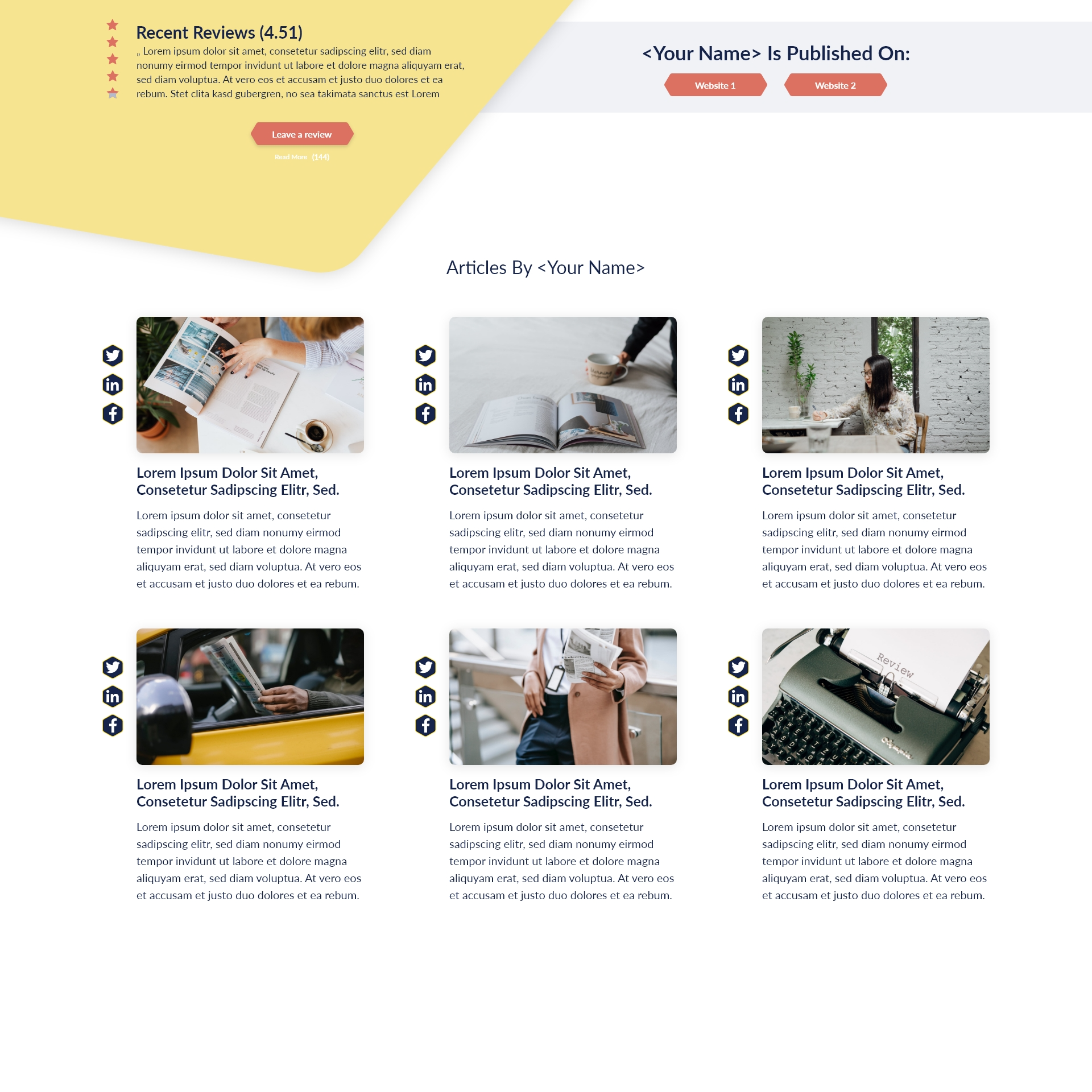Key Takeaways:
- Strategic leadership development ensures business sustainability and growth.
- Identifying, nurturing, and promoting high-potential employees strengthens internal leadership pipelines.
- Effective mentorship and inclusive practices foster engagement, diversity, and innovation.
- Continuous performance management and support are vital for retaining top leadership talent.
- Aligning leadership initiatives with organizational goals creates lasting competitive advantage.
Building trust and cultivating strong workplace relationships is at the heart of effective leadership. Listening skills and empathy are two critical traits that distinguish exceptional leaders from the rest. When organizations prioritize these qualities alongside formal leadership development strategies, they create a thriving and resilient environment where talent is recognized, nurtured, and empowered to drive lasting success. Below, discover practical frameworks and methods for promoting leadership talent, ensuring business continuity, and cultivating inclusive cultures that bring out the best in every employee.
Leadership Talent Development Strategies for a Winning Organization
Why Invest in Leadership Talent Development?
Organizations that consciously invest in developing leadership capabilities enjoy sustained growth and a formidable competitive edge. The role of leaders extends beyond simple management; they inspire teams, shape culture, and drive innovation. By actively identifying and grooming future leaders, organizations minimize the risks of skill gaps while boosting retention and engagement. Moreover, providing leadership opportunities signals to employees that growth is possible, motivating them to take ownership of their professional journey.
Aligning Development Initiatives with Business Goals
The most impactful leadership development programs are tailored to support the organization’s strategic priorities. This alignment ensures that emerging leaders acquire skills relevant to the current and future needs of the business. Companies can achieve this by mapping leadership competencies to business objectives, involving senior executives in program design, and continually assessing the effectiveness of their efforts. The result is a talent pipeline custom-built to realize organizational ambitions.
Identifying High-Potential Employees in Organizations: Processes and Tools
Key Traits of High-Potential Employees
High-potential employees (HiPos) are characterized by a unique blend of performance, ambition, and the ability to learn quickly. Common traits include adaptability, emotional intelligence, problem-solving ability, and a strong sense of accountability. These individuals naturally seek feedback, consistently exceed expectations, exhibit resilience in the face of setbacks, and demonstrate the capability and desire to lead others.
Top Assessment Methods and Evaluation Criteria for Leadership Promotions
Identifying HiPos requires structured assessment tools that look beyond current job performance. Some effective methods include 360-degree feedback, behavioral interviews, and psychometric assessments. Evaluation criteria should encompass both hard skills (technical ability, business acumen) and soft skills (communication, empathy, conflict resolution). When promotions are informed by robust data and comprehensive evaluations, organizations avoid favoritism and ensure that leadership roles are entrusted to those best suited to succeed.
Succession Planning in Leadership Roles: Best Practices for Continuity
Steps to Build a Robust Succession Pipeline
Succession planning safeguards the organization against sudden leadership losses and prepares the business for steady long-term growth. The step-by-step process involves:
- Identifying key leadership positions and clarifying vital competencies,
- Systematically assessing and documenting potential successors,
- Offering targeted developmental assignments to future leaders,
- Reviewing and updating succession plans regularly in light of changing business needs. A transparent succession process reassures stakeholders and underpins organizational stability.
Avoiding Common Succession Planning Pitfalls
Some organizations limit their succession focus to executive roles, overlook diversity, or fail to update plans regularly. To avoid these pitfalls, it’s vital to:
- Extend succession planning across levels and departments,
- Proactively address unconscious bias to widen the talent pool,
- Treat the plan as a living document, frequently revisiting assumptions and readiness. Honest conversations and consistent communication are essential in managing expectations and achieving buy-in.
Mentorship Programs for Emerging Leaders: Building Internal Leadership Academies
Effective Coaching Methods for Executive Development
Mentorship and coaching offer personalized guidance that accelerates leadership growth. Approaches such as situational leadership coaching, feedback-driven development, and shadowing senior executives provide practical learning opportunities. Effective programs match mentors and mentees based on skills and aspirations, fostering authentic relationships built on trust and mutual respect. Regular check-ins, clear milestones, and feedback loops help track progress and ensure accountability.
Structuring Mentorship and Training to Inspire Employee Growth Opportunities for Future Leaders
Successful internal leadership academies combine formal training with experiential development. Structured mentorship programs can include:
- Rotational assignments exposing aspiring leaders to multiple functions,
- Peer coaching circles that build social capital and support,
- Workshops for critical skill development, such as active listening and empathy,
- Opportunities to lead special projects, reinforcing real-world application of theory. Blending structured curriculum with hands-on experiences ensures broad-based leadership readiness and deep engagement.
Fostering Diversity in Leadership Pipelines: Overcoming Barriers to Advancement
Strategies to Cultivate an Inclusive High-Performance Workplace Culture
Diversity enriches decision-making, fosters creativity, and drives business performance. To build inclusive pipelines, organizations can:
- Implement unbiased recruitment and promotion processes,
- Provide training in cultural competence and inclusive leadership,
- Support employee resource groups (ERGs) to amplify underrepresented voices,
- Encourage sponsorship and advocacy from senior leaders. These strategies help cultivate a sense of belonging, enhance engagement, and ensure diverse perspectives are valued at every level.
Leadership Competency Frameworks that Drive Equity
Equitable advancement starts by clearly defining the leadership competencies required for success and applying them consistently during evaluation. Frameworks should include:
- Emotional intelligence,
- Strategic vision,
- Communication and influence skills,
- Commitment to fairness and transparency. Applying these frameworks in performance reviews and promotion decisions reduces subjectivity and levels the playing field.
Retaining Top Leadership Talent through Performance Management and Support
Creating a Culture of Continuous Leadership Training and Skill Enhancement
Retention increases when leaders have ongoing opportunities to learn, innovate, and contribute meaningfully. Organizations should:
- Offer continuous leadership development opportunities,
- Recognize and reward contributions to organizational success,
- Provide resources for personal and professional growth,
- Encourage work-life balance and well-being. This proactive approach reinforces a culture of aspiration and fulfillment.
Key Metrics for Measuring Leadership Potential and Engagement
To assess the impact of leadership development and retention strategies, organizations can track:
- Internal promotion rates,
- Bench strength of leadership pipelines,
- Employee engagement and satisfaction surveys,
- Performance against leadership competency frameworks,
- Retention rates of high-potential and high-performing leaders. Regular review of these metrics informs strategy adjustments and continuous improvement.
Empower Your Organization’s Future
Developing, supporting, and advancing leadership talent is not a one-time initiative but an ongoing journey. Engage senior leaders, invest in future-oriented programs, and integrate empathy and listening into organizational culture. Start today—strengthen your workplace relationships and build unfaltering trust that fuels success for years to come.








